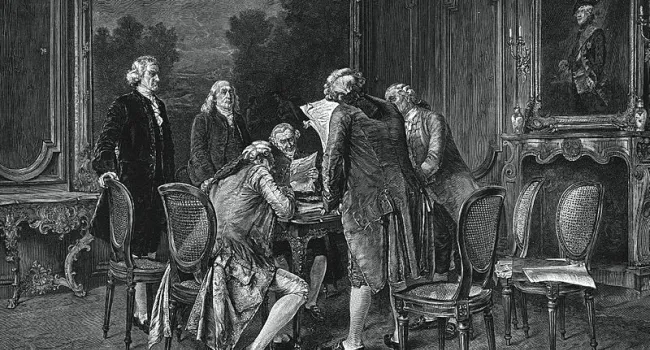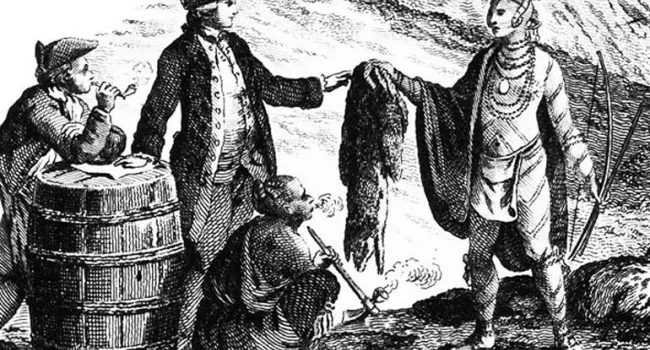Although the French and Indian War began officially in 1756, rising tension and engagements between British and French colonists happened years prior. With the English, French, and Native Americans all living in North America, a conflict between the three groups was only inevitable. English and French forces fought for supremacy of the Ohio Valley area, between the Allegheny and Monongahela rivers. Native American tribes fought on both sides of the conflict.
Part one focuses on how the war begins.
Do the names George Washington or Benjamin Franklin sound familiar? While they are more widely known for their roles in the American Revolutionary War, they also played pivotal roles in the early days of the French and Indian War!
Standards
- 4.2.CE Examine the economic and political motivations for colonists to declare independence from Great Britain.
- 4.2.CX Contextualize South Carolina’s role in the development of the new nation.
- 4.2.CC Explain the continuities and changes in natural rights as seen from the French and Indian War to the creation of the Bill of Rights.
- 8.2.CO Compare the motives and demographics of loyalists and patriots within South Carolina and the colonies.
- This indicator was developed to encourage inquiry into the economic, political, and social motivations of the patriots and the loyalists in the era of the American Revolution.
- 8.2.CE Explain the economic, political, and social factors surrounding the American Revolution.
- This indicator was developed to encourage inquiry into how the colonies began to unify to create a distinctive American identity over the course of events of the American Revolution.
- 8.2.CX Contextualize the roles of various groups of South Carolinians as the colonies moved toward becoming an independent nation.
- This indicator was developed to encourage inquiry into the motivations of colonists during the American Revolution and the progression of conflict and failed compromise that ultimately led to revolution.
Resources
You need to be logged in to listen to view this content. Create an account now; it's quick, easy, and free!
Log In to View




